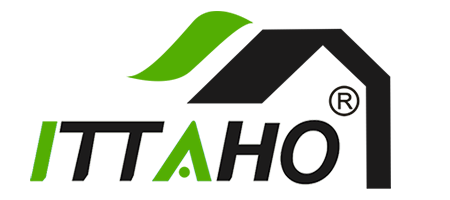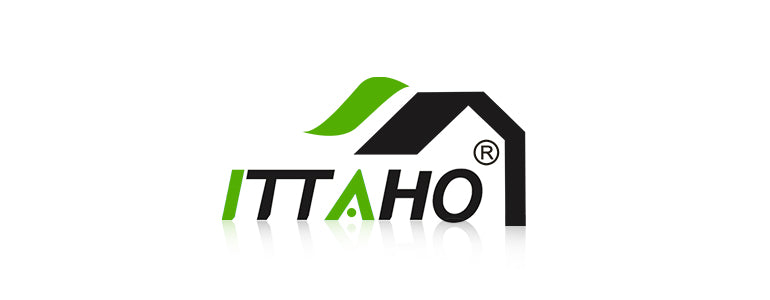How to Choose Cleaning Brushes?
If you really wanna get things clean, it is important for you to choose right cleaning brushes. Cleaning up just about any mess anywhere is going to be a lot more efficient with assistance of handy tools.
If you pick the right tools, it helps you to do a better job of deep cleaning by making it easier.
By doing half the work, one will get double the result.
Finding the right brushes for each job is easier when you understand the role material, brush type, and handle length play in how a brush functions.
Material of Bristles:
The type of bristles used to make the brush is one of the most important factors when choosing a cleaning brush. Natural fibers are soft and gentle, making them great for delicate items. They are ideal for cleaning powders and small particles like dust, flour,
Synthetic bristles can be more durable, are great at doing tough jobs, like scrubbing up stuck-on messes.
Material of Handle:
Brush handles usually come in 3 kinds of material - wood, plastic and metal.
Wood handles are natural and eco-friendly but might broke up easily. Plastic handles are lightweight but may not last as long, while metal or rubber handles may be a bit heavier but will provide extra durability and sturdiness.
Length of Handle:
Ergonomic grips prevent hand fatigue while the brush head promotes scrubbing and washing motions. Can be used with the short handle or by gripping the brush head. They are suitable for use on all types of equipment, tables, and walls.
Comfortable grip long handle allows for easy access into machines, deep buckets, containers, and anywhere that may require a longer reach. Usually the brush head can be separately.
Brush Type:
These are some of the main cleaning brushes you need to do a proper deep clean, and when you should or shouldn’t use them.
Flat "scrub" brushes: This kind of brush is suitable for cleaning flat, curved or open surfaces. A scrubbing brush is one of the more universal cleaning brushes. It is good at scrubbing most things! What you’re looking for is something with hard bristles so it can work at any nasty stains or build up. This type of brush is best used when the thing you’re trying to clean has well-ingrained stains on it but doesn’t require more specialist equipment.
Tile and grout brushes: Tile and grout brushes are handheld brushes that you mainly use in bathrooms and kitchens. They are smaller than other cleaning brushes and with softer bristles to let you clean inside indents and groovers around tiling.
These brushes should only be used for tiling and grout to prevent them from getting damaged. These are fantastic at that one function though, so you won’t mind leaving them on the bench for other stains.
Tube cleaning brushes: Tube cleaning brushes are designed to fit inside of drains, valves, tubes and other types of fittings. Tube cleaning brushes are specified by diameter across bristle area. The diameter of the brush should be same as the opening of the tube or smaller. The length of handles for tube brushes should be long enough to reach the entire length of tube or fitting to be cleaned. Tube brushes are often bent or curved to specific shapes for cleaning the outside of tubes, and fittings.
Outdoor Cleaning Brushes: If you have hard surfaces outside to clean, then another deck scrubber is a good solution. This can be rougher since the surface outdoors is less prone to scratching than inside.
The right brushes make cleaning more efficient and easier.
If there are any doubts or concerns, please feel free to tell us.

